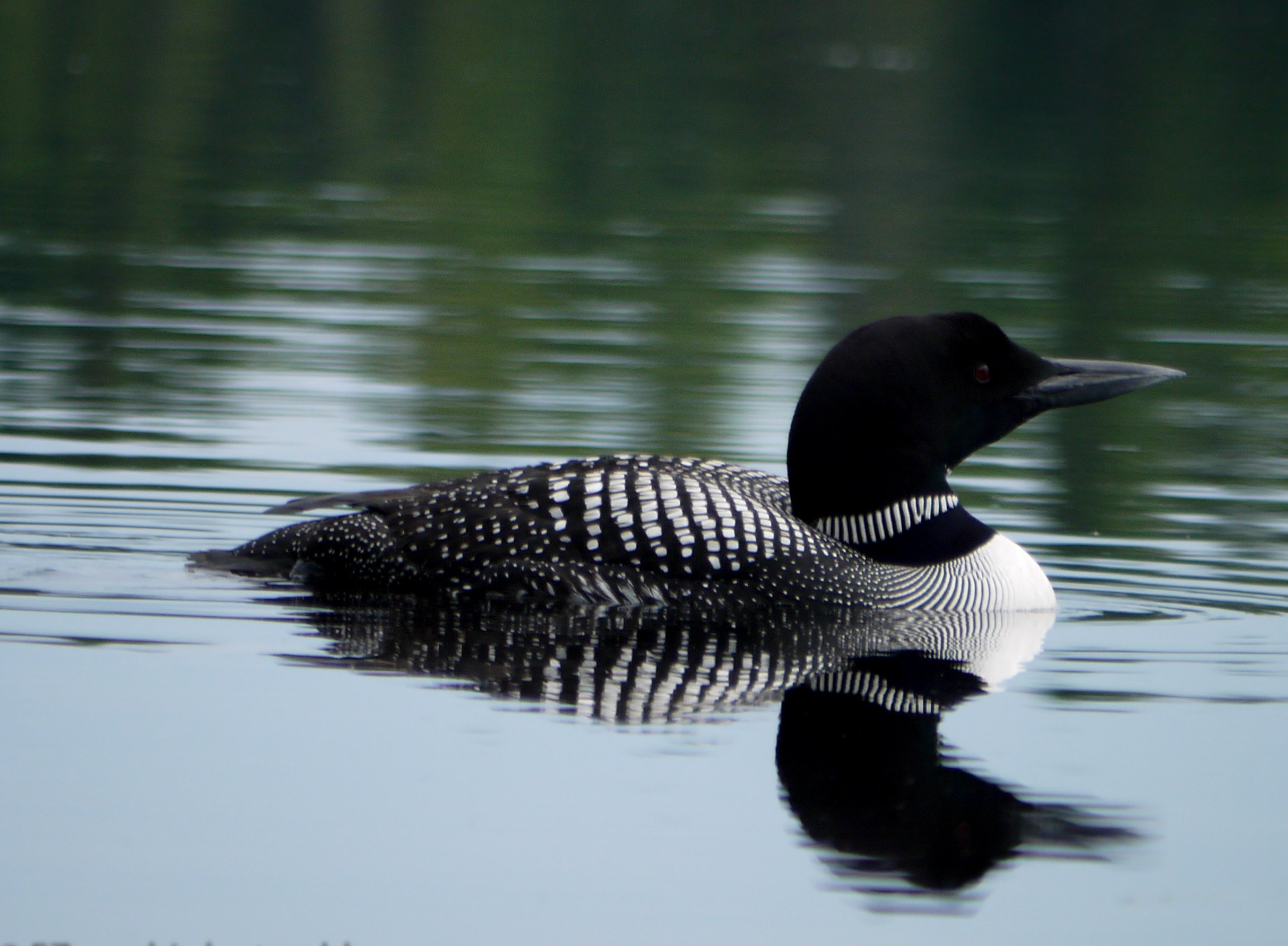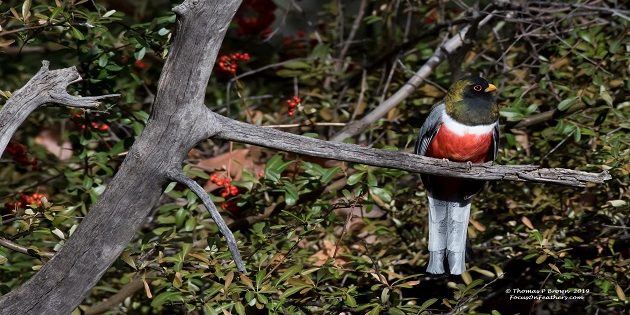
Picture this: you are on a lake, with dusk just beginning to fall. The surface of the water is calm, and a light breeze ruffles the thick leaves of mid-summer. Suddenly, a loud, lonely call reverberates across the water. A ghost? A banshee?
Nope! Those eerie calls come from the Common Loon, the state bird of Minnesota. These black and white water birds are an annual summer presence on freshwater lakes throughout the northern United States and Canada, migrating to the Atlantic and Pacific Oceans in the winter. Of all the bird calls I have heard, loon calls are by far my favorite. If you have never heard their unique songs, click here.
Minnesota legislators named the loon their state bird in 1961, as their state has more Common Loons than any other barring Alaska. Around 12,000 loons call Minnesota their home, and are an iconic part of the summer soundscape.
Loons have many characteristics that set them apart from other birds. Their bones are not hollow, but heavy, allowing them to dive after aquatic prey beneath the water’s surface. Once they catch their quarry, loons usually eat their meals beneath the water. However, because of their heavy bodies they need long “runways” in order to gain speed for takeoff: up to a quarter-mile of open water. Loons can become trapped on small ponds or if they accidentally land on a highway mistaking it for a river, as they do not have the space they need to rise into the air. Once airborne, loons can reach flying speeds of up to 70 mph!
Common Loon populations are relatively stable, though their southern range has retracted. To successfully hunt and breed they need clean and clear lakes, and so are sensitive to pollution that affects both them and/or their fishy prey. Unintentional fishing litter can also hurt the birds. Loons will swallow pebbles to store in their gizzards, but if they mistake lead sinkers for these small stones they could die from subsequent lead poisoning.
Still, loons are intelligent and – so far – resilient. To give you one example, they have been documented following anglers. Once a fish is hooked, the loon snatches the snared fish right off the line – much to the chagrin of the fishermen and women!













Thank you for this informative post. I have a few “favorite” birds here on the Olympic Peninsula, and the Common Loon is definitely a top contender!